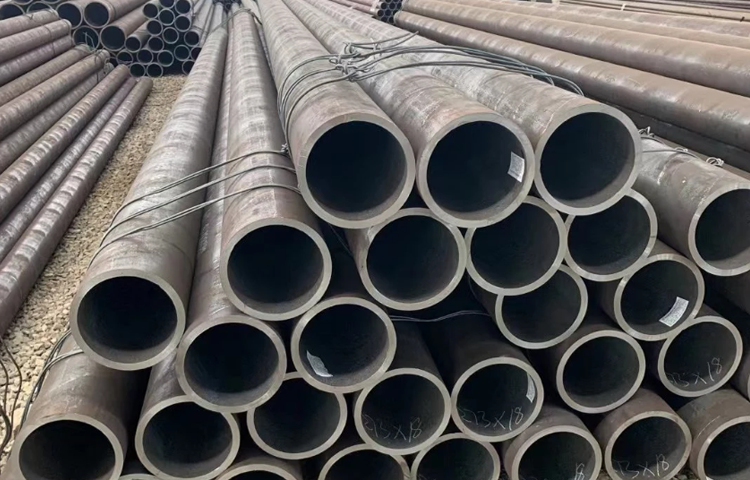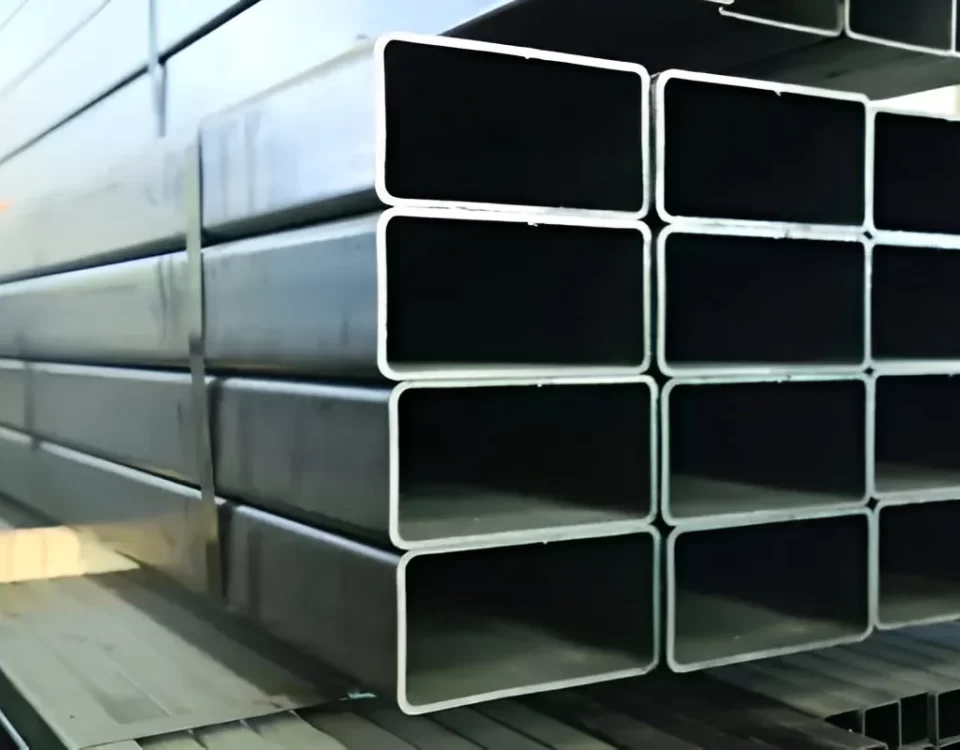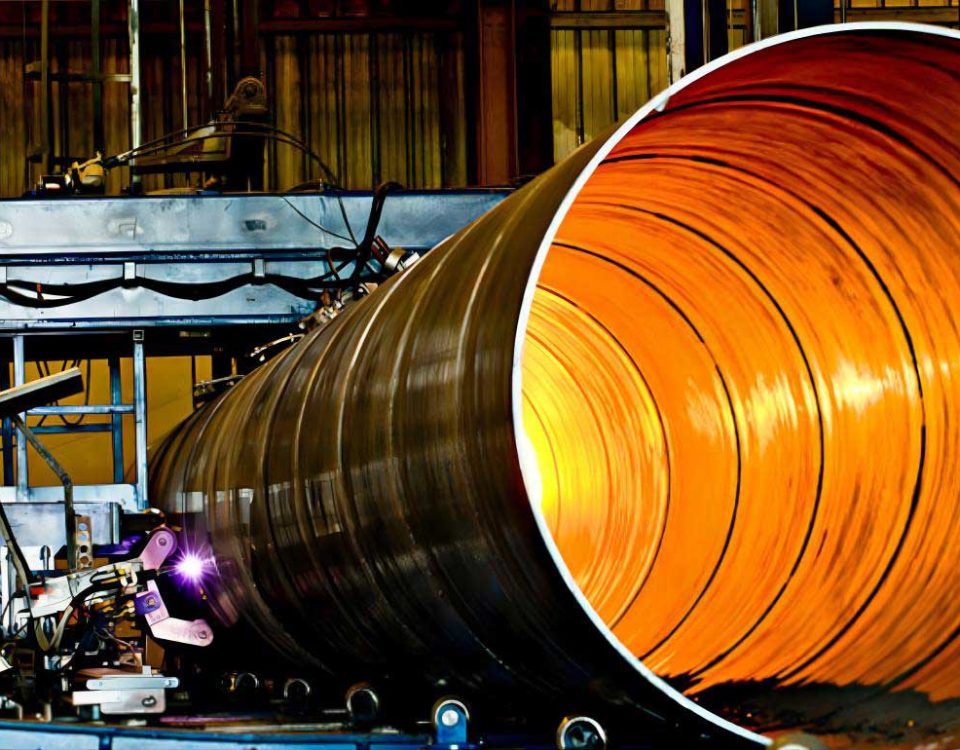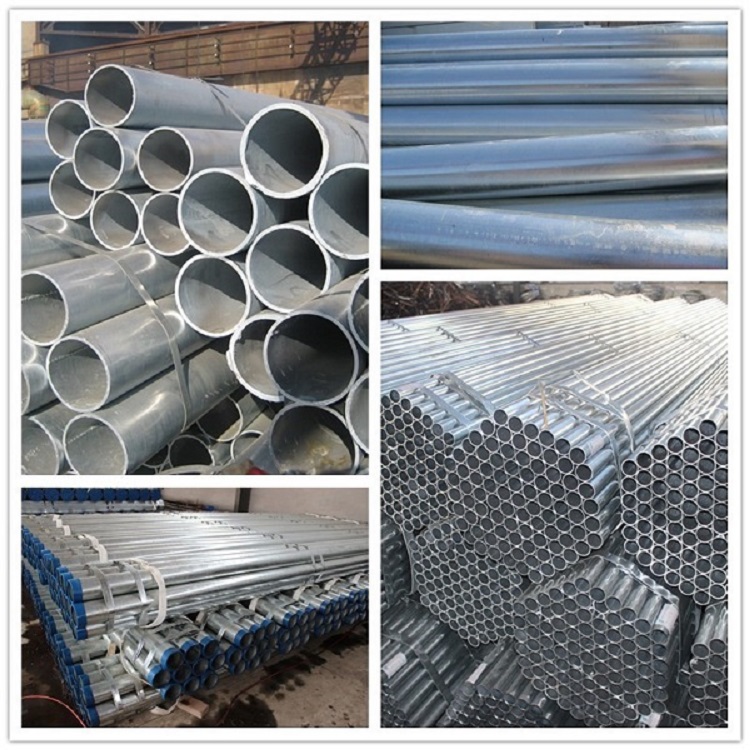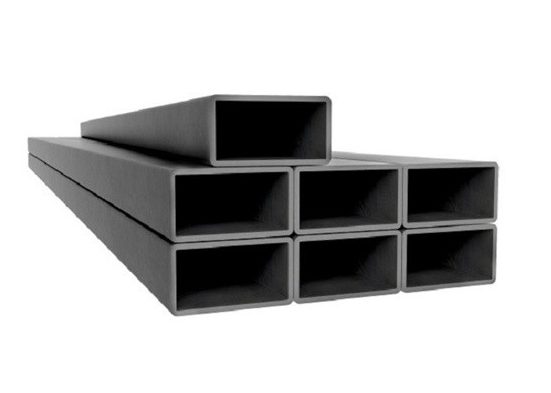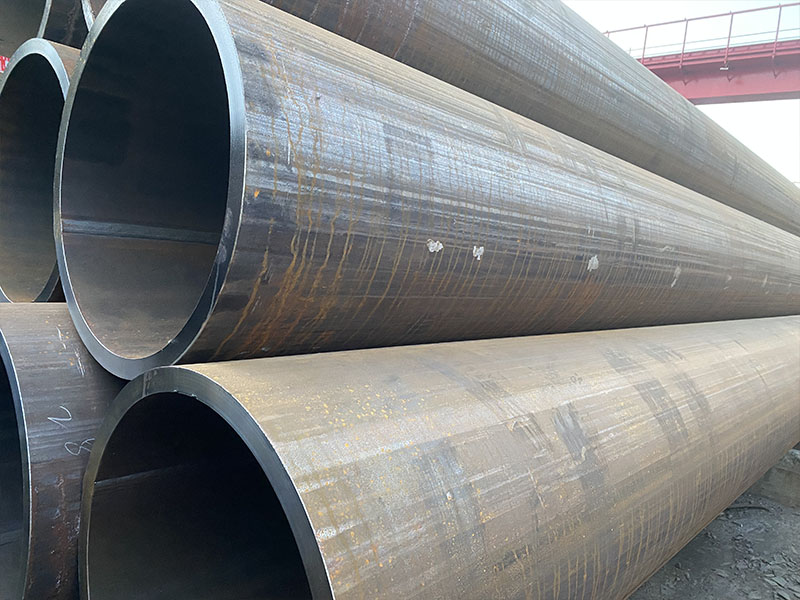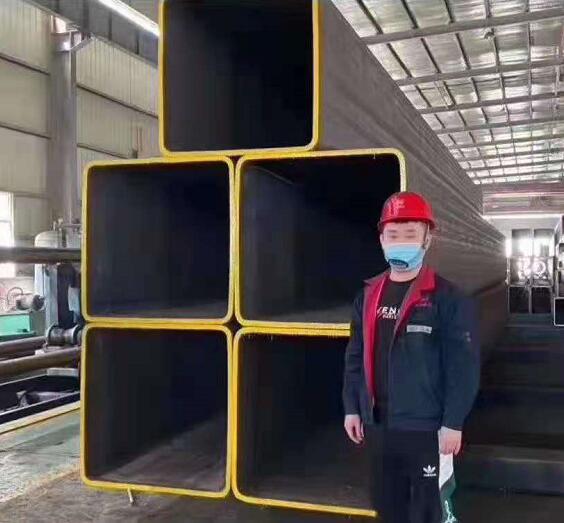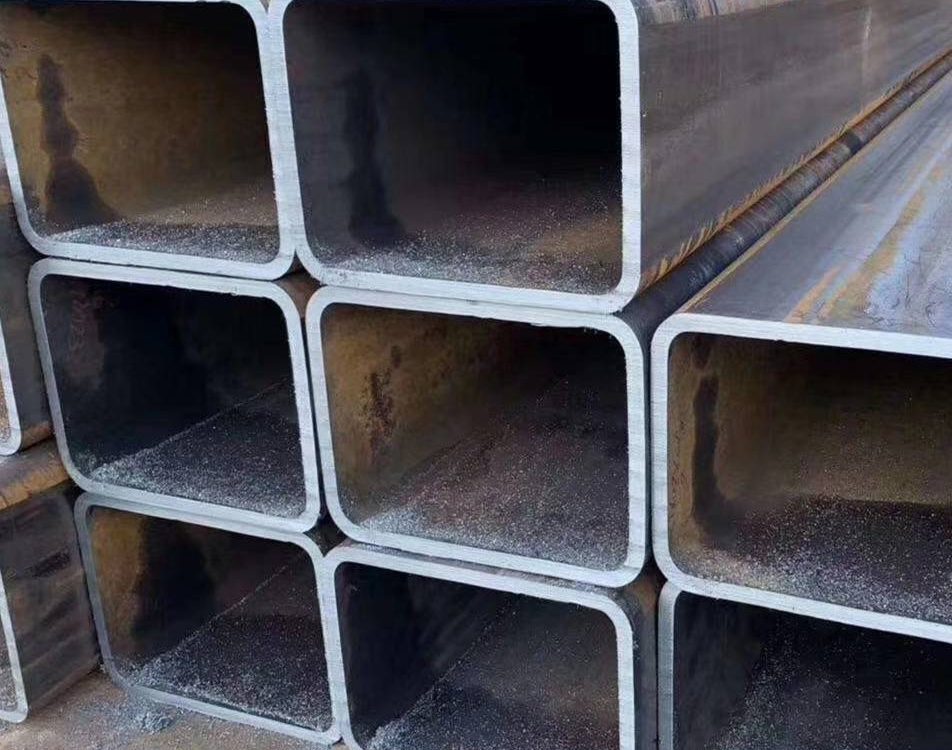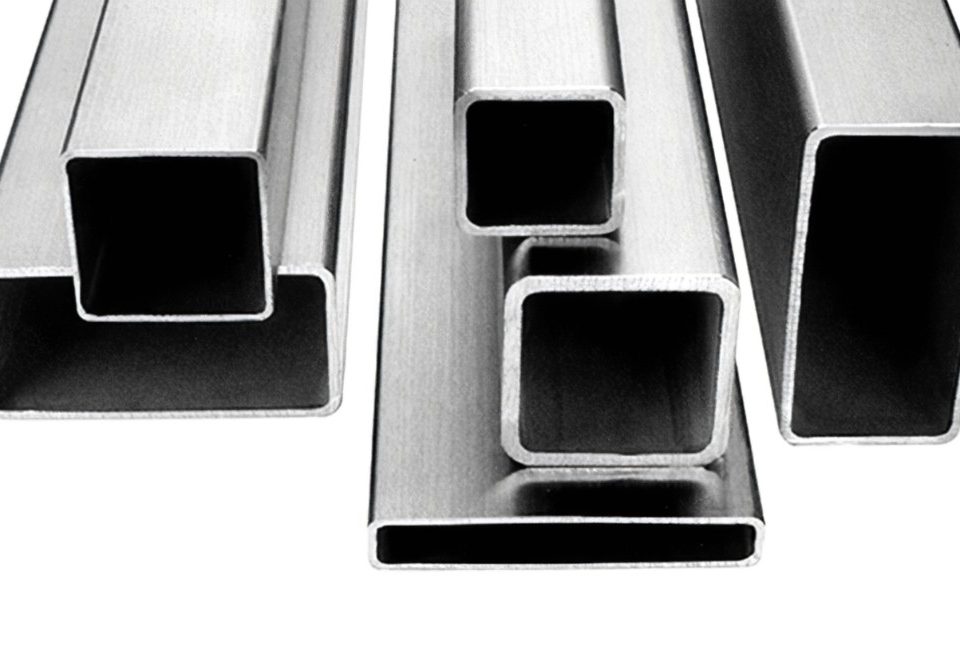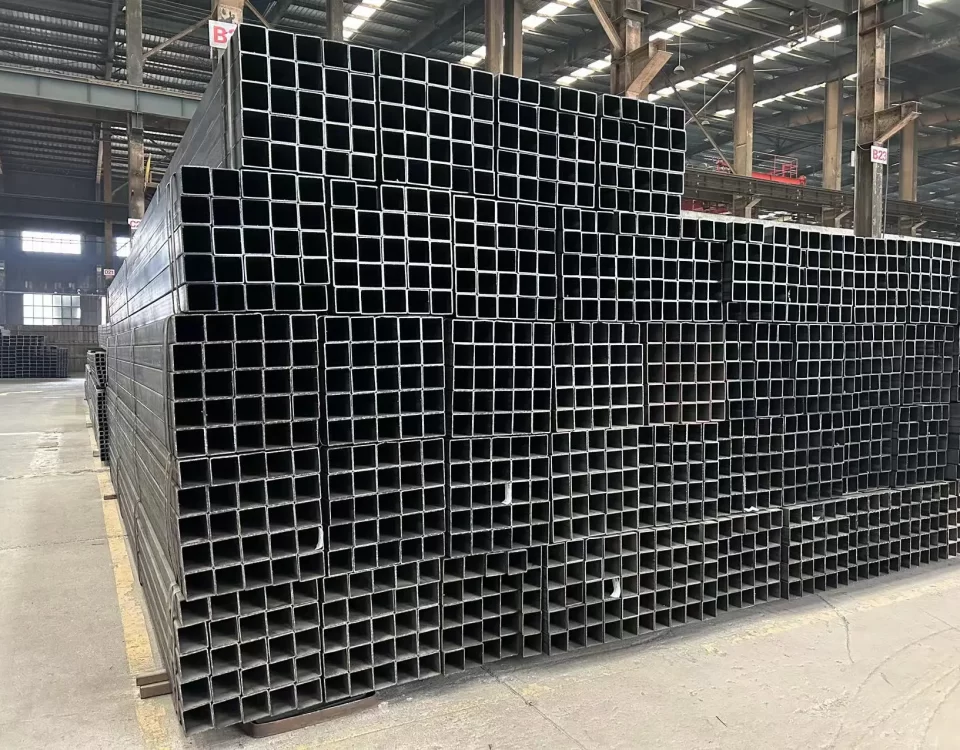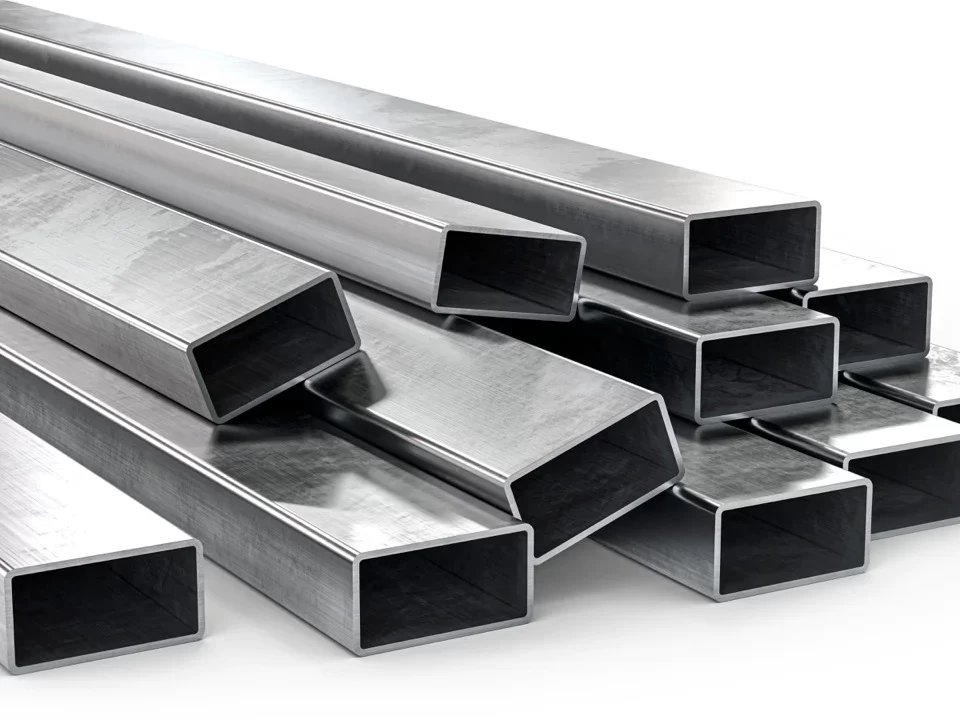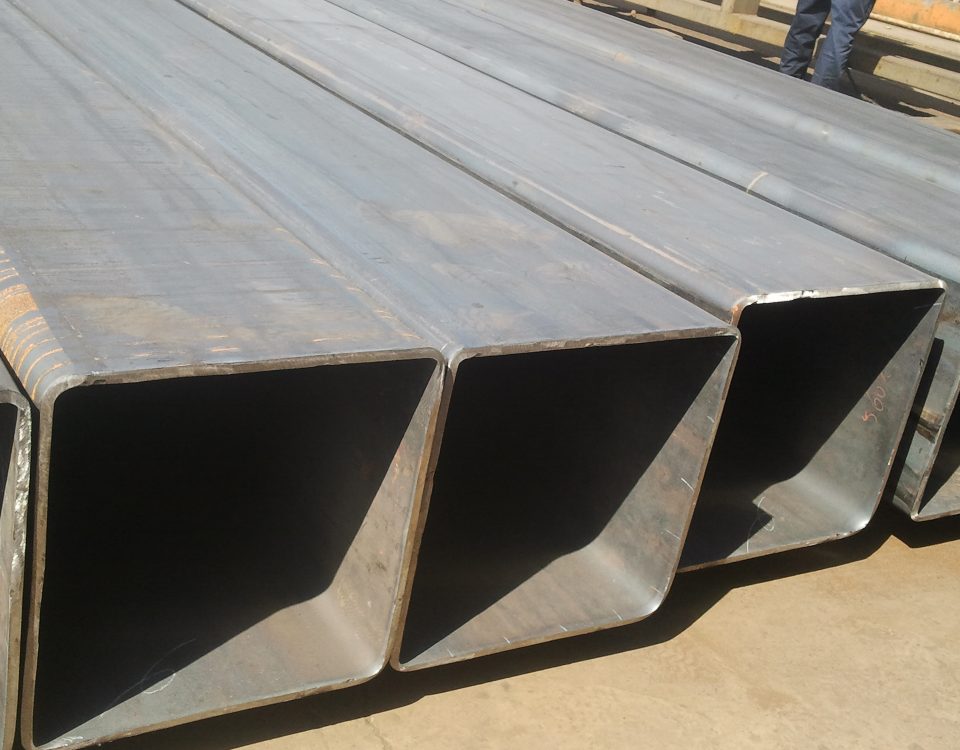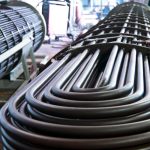
Stainless Steel Heat Exchanger U Bend pipe | SS 304 316
July 25, 2023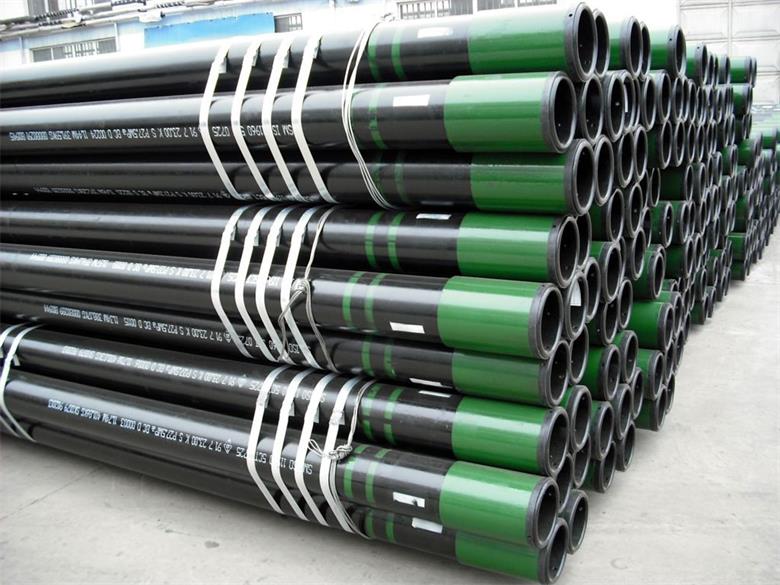
Oil casing with high strength and toughness and production method thereof
September 4, 2023What is the Structural Seamless Steel Pipes ?
Structural seamless steel pipes are a type of steel pipe that are often used in construction and other structural applications due to their strength and durability.
Unlike welded pipes, seamless pipes don’t have a weld seam, which makes them equally strong around the entire circumference of the pipe. This lack of a seam also reduces the risk of leaks and makes the pipe more resistant to the pressures and loads that it may encounter in structural applications.
Here’s how structural seamless steel pipes are typically used:
- Building Construction: Structural seamless pipes are used in the construction of buildings where strength and durability are required. They can be used in the framework of the building or as part of the building’s infrastructure.
- Bridges and Tunnels: The high strength of these pipes makes them ideal for use in bridges and tunnels where they can withstand the heavy loads and pressures that these structures are subjected to.
- Industrial Infrastructure: In industries ranging from oil and gas to power generation, seamless steel pipes are used in a variety of applications due to their strength, durability, and resistance to corrosion.
- Pipelines: Seamless pipes are used for transporting various liquids and gases under high pressure.
- Automotive and Aerospace: In the automotive and aerospace industries, seamless steel pipes are often used in the manufacture of high-strength parts such as axles or hydraulic cylinders.
- Piling: Seamless steel pipes are often used as pilings in construction. These pipes are driven into the ground and used to support the weight of a building or other structure.
One thing to note is that while seamless pipes offer several advantages, they are generally more expensive to produce than welded pipes due to the more complex manufacturing process required to produce them without a seam. However, for many structural applications where strength and durability are paramount, the cost can be justified.
Structural Seamless Steel Pipes
standard:
GB/T8162——China National Standard
ASTM A53——American Society for Testing and Materials Standard
ASME SA53——American Boiler and Pressure Vessel Code
Uses:
Used to manufacture seamless steel pipes for pipes, containers, equipment, pipe fittings and mechanical structures
Main steel pipe grades:
10, 20, 35, 45, Q345, 15CrMo, 12Cr1MoV, A53A, A53B, SA53A, SA53B, etc.
Dimensional Tolerance:
|
Type of Structural Seamless Steel Pipes |
outer diameter (D) |
Steel pipe wall thickness (S) |
||
|
Cold drawn tube |
Steel pipe outer diameter (mm) |
Allowable deviation (mm) |
Steel pipe wall thickness (mm) |
Allowable deviation (mm) |
|
>30~50 |
±0.3 |
≤30 |
±10% |
|
|
>50~219 |
±0.8% |
|||
|
Hot rolled tube |
>219 |
±1.0% |
>20 |
±10% |
Mechanical properties:
|
standard |
Grade |
Tensile strength (MPa) |
Yield strength (MPa) |
Elongation(%) |
|
GB/T8162 |
10 |
≥335 |
≥205 |
≥24 |
|
20 |
≥390 |
≥245 |
≥20 |
|
|
35 |
≥510 |
≥305 |
≥17 |
|
|
45 |
≥590 |
≥335 |
≥14 |
|
|
Q345 |
≥490 |
≥325 |
≥21 |
|
|
15CrMo |
≥440 |
≥295 |
≥22 |
|
|
12Cr1MoV |
≥490 |
≥245 |
≥22 |
|
|
ASTM A53 ASME SA53 |
A |
≥330 |
≥205 |
View the table of ASTM A53 View the table of ASME SA53 |
|
B |
≥415 |
≥240 |
chemical composition:
|
standard |
Grade |
chemical composition(%) |
|||||||||
|
C |
And |
Mn |
P |
S |
With |
In |
Mo |
Cr |
IN |
||
|
GB/T8162 |
10 |
0.07~0.14 |
0.17~0.37 |
0.35~0.65 |
≤0.035 |
≤0.035 |
≤0.25 |
≤0.25 |
/ |
≤0.15 |
/ |
|
20 |
0.17~0.24 |
0.17~0.37 |
0.35~0.65 |
≤0.035 |
≤0.035 |
≤0.25 |
≤0.25 |
/ |
≤0.25 |
/ |
|
|
35 |
0.32~0.40 |
0.17~0.37 |
0.50~0.80 |
≤0.035 |
≤0.035 |
≤0.25 |
≤0.25 |
/ |
≤0.25 |
/ |
|
|
45 |
0.42~0.50 |
0.17~0.37 |
0.50~0.80 |
≤0.035 |
≤0.035 |
≤0.25 |
≤0.25 |
/ |
≤0.25 |
/ |
|
|
Q345 |
0.12~0.20 |
0.20~0.55 |
1.20~1.60 |
≤0.035 |
≤0.035 |
≤0.25 |
≤0.25 |
/ |
≤0.25 |
/ |
|
|
15CrMo |
0.12~0.18 |
0.17~0.37 |
0.40~0.70 |
≤0.035 |
≤0.035 |
≤0.25 |
≤0.30 |
0.40~0.55 |
0.80~1.10 |
/ |
|
|
12Cr1MoV |
0.08~0.15 |
0.17~0.37 |
0.40~0.70 |
≤0.035 |
≤0.035 |
≤0.25 |
≤0.30 |
0.25~0.35 |
0.90~1.20 |
0.15~0.30 |
|
|
ASTMA53 ASMESA53 |
A |
≤0.25 |
/ |
≤0.95 |
≤0.05 |
≤0.06 |
≤0.40 |
≤0.40 |
≤0.15 |
≤0.40 |
≤0.08 |
|
B |
≤0.30 |
/ |
≤1.20 |
≤0.05 |
≤0.06 |
≤0.40 |
≤0.40 |
≤0.15 |
≤0.40 |
≤0.08 |
|
more information about structural seamless steel pipes and their manufacturing process.
The manufacturing process for seamless pipes begins with a solid cylindrical billet of steel that is heated and then pushed or pulled over a form until the steel is shaped into a hollow tube. This is different from the production of welded pipes, which start as a flat sheet of steel and are formed into a tube shape and then welded along the seam.
The primary advantage of seamless pipes is that they don’t have a weld seam, which makes them equally strong around the entire circumference. This absence of a seam also reduces the risk of leaks, especially under high pressure or on application of a high load. Moreover, the uniform shape of seamless pipes allows for easy installation and connections.
In terms of applications, structural seamless steel pipes are widely used due to their strength and durability. They’re often used in industries such as construction, oil and gas, automotive, aerospace, infrastructure and more. They’re particularly useful in applications that require high resistance to pressure or corrosion, such as pipelines for transporting oil, gas, and other fluids.
However, despite their many advantages, seamless pipes are generally more expensive and time-consuming to produce than welded pipes. The more complex manufacturing process leads to higher production costs. Nevertheless, for many applications where strength and durability are paramount, the cost and time can be justified.
It’s also worth noting that while seamless pipes have a higher resistance to corrosion compared to welded pipes, they are not immune to it. Therefore, depending on the specific application and environment, they may need to be treated or coated to enhance their corrosion resistance.

